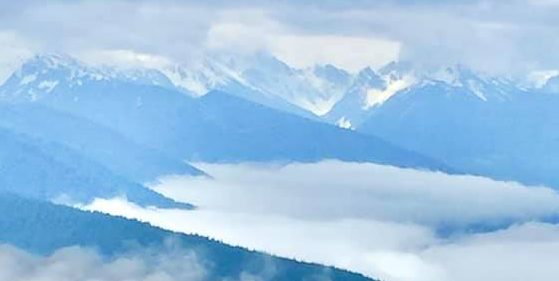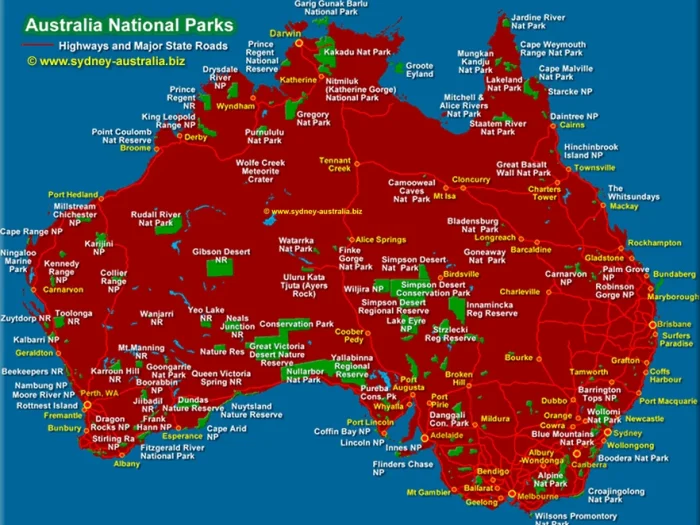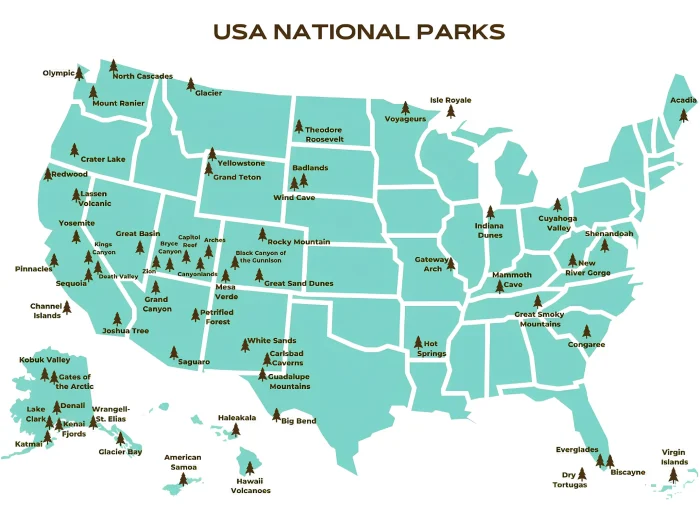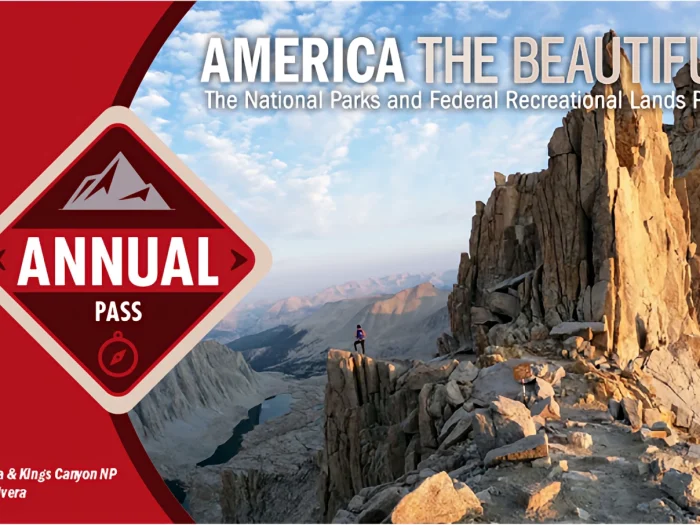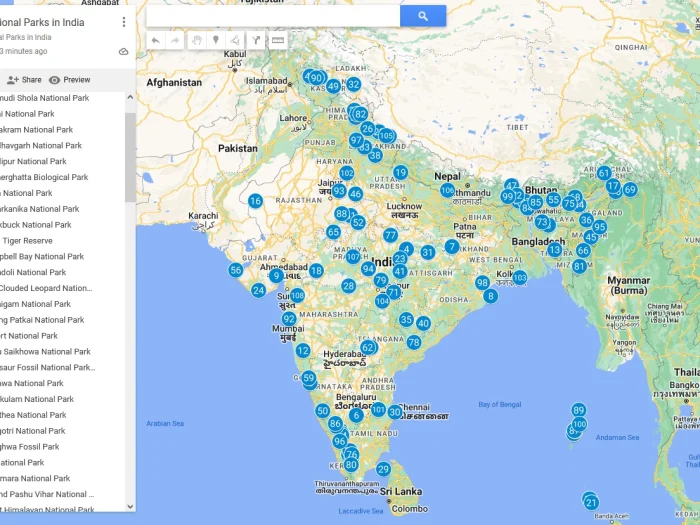Best Things to Do in Wind Cave National Park
Hidden in the rolling hills of South Dakota’s Black Hills region, Wind Cave National Park is one of America’s most fascinating and underrated treasures. Established in 1903, it was the first cave to be designated a national park anywhere in the world — and it remains one of the most complex cave systems on Earth. Above ground, the park’s sweeping prairies and pine forests are just as captivating as the maze of tunnels below.
Whether you’re a nature lover, history buff, or outdoor adventurer, Wind Cave National Park offers plenty to explore. Here are the best things to do in Wind Cave National Park for an unforgettable visit.
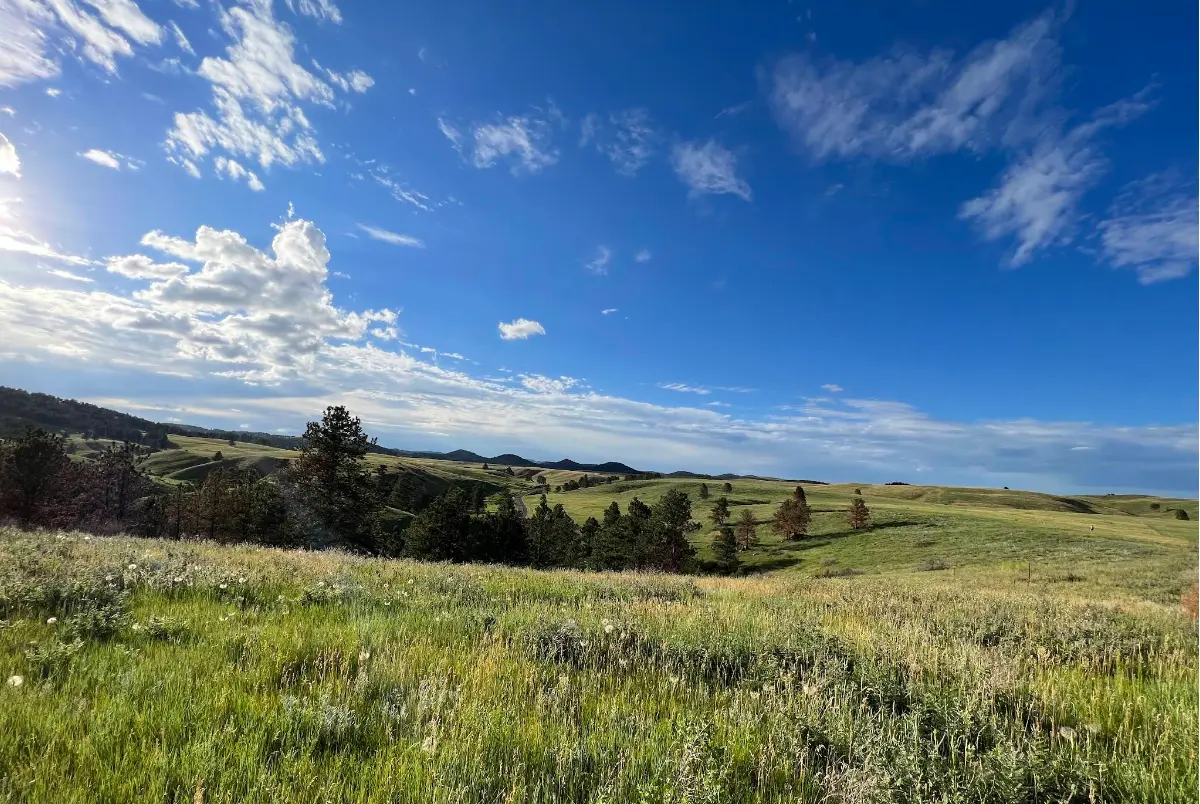
1. Take a Cave Tour
The highlight of any visit to Wind Cave is, of course, the cave itself. The park offers several ranger-led tours that take you deep underground to witness the intricate boxwork formations — thin honeycomb-like structures of calcite that are rarely found anywhere else on Earth.
- Garden of Eden Tour: A great introduction for beginners, featuring beautiful formations and a manageable route.
- Natural Entrance Tour: Enter through the cave’s original natural opening, used by early explorers. This one involves more stairs but offers incredible geological insight.
- Fairgrounds Tour: For those looking for more adventure, this longer tour explores the upper and middle levels of the cave.
- Candlelight and Wild Cave Tours: Perfect for thrill-seekers. You’ll crawl, climb, and squeeze through undeveloped sections by the light of a candle or headlamp.
Pro Tip: Tickets are sold on a first-come, first-served basis at the visitor center, so arrive early — especially in summer.
2. Explore the Park’s Scenic Trails
Above ground, Wind Cave National Park boasts over 30 miles of hiking trails that wind through mixed-grass prairies, ponderosa pine forests, and rolling hills.
- Rankin Ridge Trail (1 mile loop): A short, easy hike with panoramic views of the Black Hills from the fire tower.
- Lookout Point Trail (5.2 miles roundtrip): Offers a great chance to spot wildlife while walking through open grasslands.
- Highland Creek Trail (8.6 miles): A longer, more remote trail ideal for solitude and a true wilderness experience.
Bring water, wear layers, and don’t forget your camera — the scenery is spectacular at sunrise or sunset.
3. Watch Wildlife on the Prairie
Wind Cave National Park is one of the few places in the United States where bison, elk, pronghorn, and prairie dogs still roam freely on their native grasslands.
Drive the Wildlife Loop Road, or hike through open prairies for a closer look. The park’s prairie dog towns are especially fun to watch — you’ll see these chattering creatures popping in and out of their burrows, sounding the alarm whenever a hawk or coyote approaches.
For the best chance of spotting bison and elk, go early in the morning or late in the evening.
4. Visit the Wind Cave Visitor Center
Start your trip at the Wind Cave Visitor Center, located near the cave entrance. Here you can:
- Get cave tour tickets
- Watch an orientation film about the park’s geology and history
- Explore interactive exhibits
- Talk to rangers for hiking and safety tips
The visitor center is also the meeting point for all cave tours and an excellent place to learn about the area’s Native American heritage — particularly the Lakota origin story, which considers Wind Cave a sacred place.
5. Enjoy Scenic Drives and Nearby Attractions
If you love road trips, Wind Cave connects easily with several iconic South Dakota destinations.
- Custer State Park (just north of the park) offers more wildlife viewing, scenic drives, and the famous Needles Highway.
- Mount Rushmore and Crazy Horse Memorial are both about an hour’s drive away.
- For a quieter experience, head to Jewel Cave National Monument, another fascinating cave system just 20 miles west.
6. Camp Under the Stars
Wind Cave’s Elk Mountain Campground offers peaceful, year-round camping surrounded by tall pines and open meadows. There are 62 sites available on a first-come, first-served basis, with picnic tables, restrooms, and drinking water.
At night, you’ll enjoy some of the clearest night skies in the Midwest, perfect for stargazing and listening to the sounds of nature echoing across the prairie.
7. Learn About the Park’s Cultural History
Beyond its geological wonders, Wind Cave has deep cultural significance. For the Lakota people, it’s the site of their emergence story — where their ancestors first came to the surface world. Visiting the park offers an opportunity to connect with this spiritual narrative and appreciate the land’s ancient history.
FAQs About Things to Do in Wind Cave National Park
1. What is Wind Cave National Park famous for?
Wind Cave National Park is best known for its unique underground cave system featuring rare boxwork formations and for its above-ground prairie ecosystem filled with bison, elk, and prairie dogs.
2. How do I get tickets for Wind Cave tours?
Cave tour tickets are sold only at the Wind Cave Visitor Center on a first-come, first-served basis. It’s best to arrive early in the day, especially during the busy summer months.
3. Can I explore the cave without a guided tour?
No, visitors are not allowed to enter the cave without a ranger-led tour for safety and conservation reasons.
4. What are the different types of cave tours available?
Wind Cave offers several tours: Garden of Eden, Natural Entrance, Fairgrounds, Candlelight, and Wild Cave Tours — each with different difficulty levels and durations.
5. How long do cave tours last?
Tours typically range from 1 hour to 2 hours, depending on the route. The Wild Cave Tour can last up to 4 hours and involves crawling and climbing.
6. What should I wear for a cave tour?
Wear comfortable walking shoes with good traction and bring a light jacket, as the cave remains about 54°F (12°C) year-round.
7. Is Wind Cave suitable for kids?
Yes! The Garden of Eden Tour is family-friendly and great for children, while older kids may enjoy more adventurous tours like the Fairgrounds Tour.
8. Can I take photos inside Wind Cave?
Yes, photography is allowed on most tours, but tripods, flash, and video recording are generally not permitted due to safety and lighting concerns.
9. What wildlife can I see in Wind Cave National Park?
Common wildlife includes bison, elk, pronghorn, prairie dogs, coyotes, and various birds. Early morning and evening are the best times for viewing.
10. Are there hiking trails in Wind Cave National Park?
Yes! The park features over 30 miles of hiking trails, including popular routes like Rankin Ridge, Lookout Point, and Highland Creek Trail.
11. Are pets allowed on the trails or in the cave?
Pets are not allowed inside the cave or on hiking trails, but they are permitted in campgrounds and picnic areas if kept on a leash.
12. Where can I camp in Wind Cave National Park?
The park’s Elk Mountain Campground offers 62 first-come, first-served sites. It’s a peaceful area surrounded by pine forest and open meadows.
13. Is Wind Cave National Park open year-round?
Yes, the park is open year-round, but some tours and services may be limited in winter. Check the National Park Service website for seasonal hours.
14. How much time should I plan to spend at Wind Cave?
A half-day is enough for a cave tour and quick scenic drive, but a full day or two is ideal if you want to hike, watch wildlife, and explore nearby attractions.
15. How deep is Wind Cave?
Wind Cave is over 140 miles long and continues to grow as new passages are discovered, making it one of the longest caves in the world.
16. Are there picnic areas in the park?
Yes, picnic areas are available near the visitor center and Rankin Ridge Trailhead, perfect for enjoying lunch surrounded by nature.
17. Can I stargaze at Wind Cave National Park?
Absolutely! The park’s remote location offers dark, unpolluted skies, making it an excellent spot for stargazing and night photography.
18. What other attractions are near Wind Cave?
Nearby attractions include Custer State Park, Mount Rushmore, Crazy Horse Memorial, and Jewel Cave National Monument — all within an hour’s drive.
19. Are there guided wildlife tours in the park?
While there are no official ranger-led wildlife tours, visitors can take self-guided drives through the park’s prairies or join tours in nearby Custer State Park.
20. Is Wind Cave National Park free to visit?
Yes, there is no entrance fee for the park itself. However, cave tours require a ticket fee, which varies by tour type and age group.
Final Thoughts
From the mysterious caverns below ground to the open skies above, Wind Cave National Park is a place of contrasts and natural wonder. It’s less crowded than nearby parks like Yellowstone or Badlands, making it a perfect destination for travelers seeking peace, adventure, and discovery.
Whether you’re descending into its otherworldly depths, spotting bison on the prairie, or watching the sunset from a ridge, Wind Cave will leave you with a sense of awe that lingers long after your visit.
Tip for Travelers: Combine Wind Cave with a visit to Custer State Park and Mount Rushmore for a full Black Hills adventure — three unforgettable destinations in one trip.
